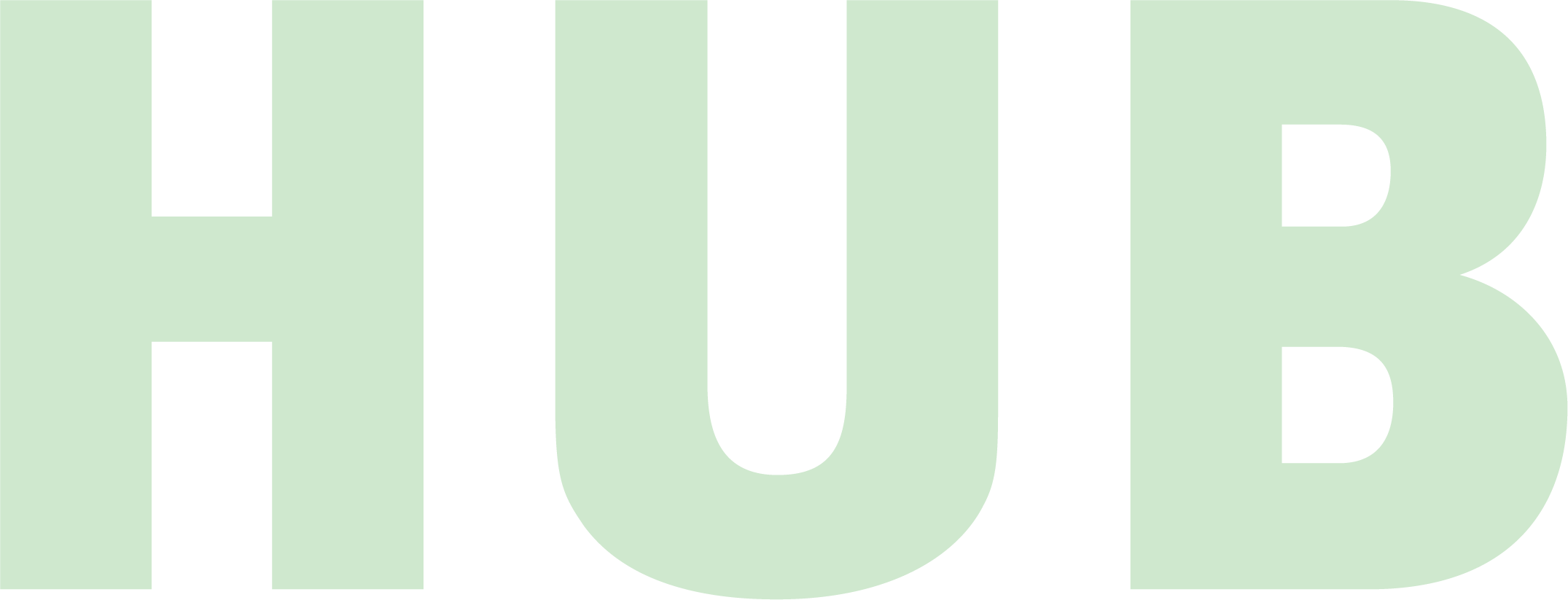DESIGN HISTORY SPOTLIGHT: Ed Ruscha
A few weeks ago during a long weekend in New York, I paid a visit to the Museum of Modern Art, hooked by the promise of engaging with over 200 works by Edward Ruscha. To say he’s my favorite pop artist should come as no surprise — he cut his teeth as a commercial artist and layout designer working in LA’s advertising scene in the 1960s, while meditating on Southern California’s yawning landscape and its vernacular during his off-hours. His typesetting talents are unparalleled. His wit is dry and disarming.
Ruscha’s work anchors me back to design in its most basic components: words, shapes, images, and color, combined in various ways to convey meaning. In these works, that meaning can swing anywhere from cynicism to mundanity, to difficult feelings about consumerism, or humorous fictional obituaries. But the efficiency with which Ruscha is able to shoot that core message at you is where my admiration as a designer is most concentrated.
Ruscha's works often feature direct and uncluttered words or short phrases, presented in bold, stenciled lettering, challenging viewers to reconsider the way they interact with words and the world around them. The tone of his dialogue is playful, subversive, and American. It forces me to think about large, readable words as a cornerstone of our visual culture, on- and offline. Try to envision an American landscape without a billboard off in the distance.
Often these large words are meticulously rendered brand wordmarks, presented at once both artfully and cynically. By treating these logos as massive landmarks in their own right, he challenges the omnipresence of commercial marks and icons in our daily lives. These appropriations prompt us to question the power of branding and its impact on our perceptions. It calls to mind Carl Jung’s definition of signs versus symbols: a sign being a simplified representation of something that already exists, and a symbol signifying something that cannot exist in material reality or is yet unknown. Ruscha dares to elevate a commercial representation of a product into a symbolic representation of something more abstract.
Engaging with Ruscha’s work makes for an interesting role reversal for me. Not often am I placed in the role of “client” or like, “judging viewer” in the image-making routine. But with these larger-than-life pieces, I can’t help but sense a hint of spite in these typographic monoliths, lunging across the frame into your personal space. It’s like Ed’s shoving a Round 10 revision of a logo into his client’s face like “Fine, here. Is this what you wanted?”
“I don’t have any Seine River like Monet,” Ed once said. “I’ve just got US 66 between Oklahoma and Los Angeles.”

